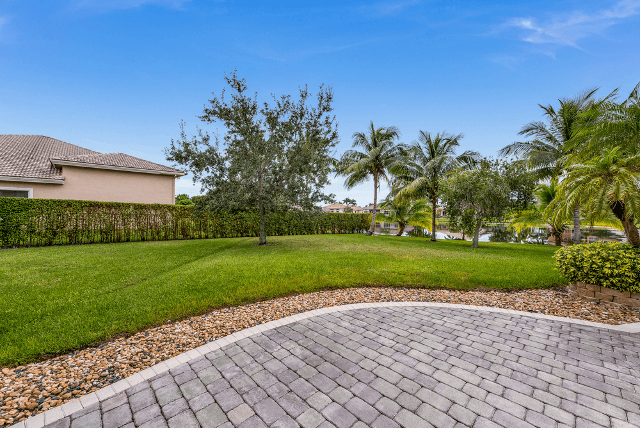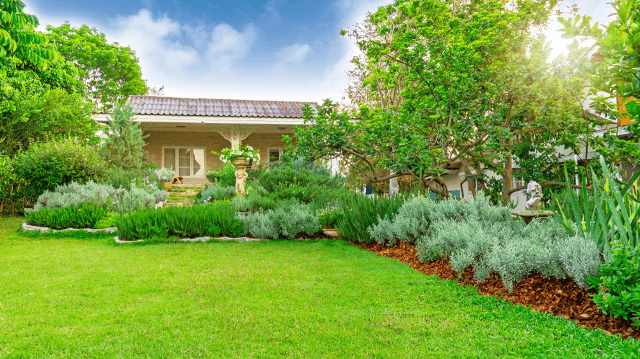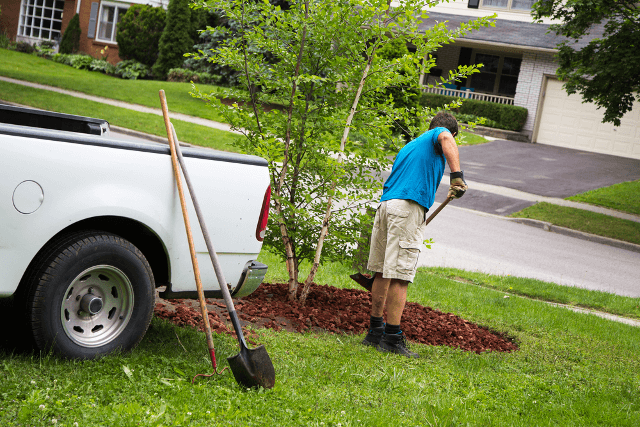Concrete Landscaping Plans
Concrete landscaping was unheard until recently as the word “concrete” seemed to visualize a dull and rugged garden. But right now, concrete is seen as one of those major elements in landscaping. It is used for patios, pathways and driveways.
To fully understand the use of concrete, implement the important tips below:
1. Use concrete to design walkways and paths.
The garden will look beautiful if concrete is added for the walkway or path. It does not matter if one has a large or small yard – concrete is pretty flexible when it comes to adapting to this use..
2. Concrete for garden add-ons!
More reasons why concrete “rocks every landscape designer’s socks”: it can be made into a patio or a planter. It can even be the material for the sundial in the garden!
3. Concrete is good for stone walls.
One of the landscaping trends is the use of concrete in creating stone walls. Walls act as the house’s frame. They can keep the pets from wandering around and yes, keep the trespassers out! Walled houses can discourage burglars from breaking into the property.
4. Unruly soil? Go for concrete!
One surefire way to keep the soil in place is through concrete landscaping. The ability of concrete blocks, which come in different styles and textures, adds flair to the garden.
5. Concrete can decorate too!
Concrete is best suited in landscaping because it can be customized to fit the home owner’s needs. As it can be in the form of brick, slab or block, it can embellish the garden like never before!
6. Have a border using concrete
Concrete borders make sandbox-building possible – also easy. It can enclose the children’s playground and make the pool-viewing a more enriching experience.
What else can be done with concrete in landscaping? The list is endless: concrete flatwork, concrete floor slabs, concrete foundations and concrete coloring and stamping. The concrete can act as the foundation for gutter splashes, basketball courts, tee boxes and tree rings!
It is important research the companies which specifically cater to concrete landscaping. Bayshore Concrete and Landscaping, Terraforce and Endless Borders specialize in this type of work.
Who would have thought that concrete finally found a place in the area of landscaping? Concrete has somehow changed and yes, revolutionized the look of the home garden. It is prettier and much, much better than ever before.





